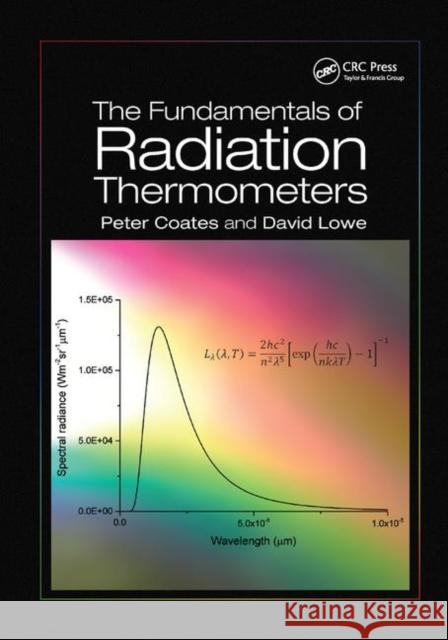The Fundamentals of Radiation Thermometers » książka
topmenu
The Fundamentals of Radiation Thermometers
ISBN-13: 9780367889739 / Angielski / Miękka / 2019 / 264 str.
The Fundamentals of Radiation Thermometers
ISBN-13: 9780367889739 / Angielski / Miękka / 2019 / 264 str.
cena 233,60
(netto: 222,48 VAT: 5%)
Najniższa cena z 30 dni: 226,63
(netto: 222,48 VAT: 5%)
Najniższa cena z 30 dni: 226,63
Termin realizacji zamówienia:
ok. 22 dni roboczych.
ok. 22 dni roboczych.
Darmowa dostawa!
Authored by two highly respected experts in this specialist area, The Fundamentals of Radiation Thermometers is an essential resource for anyone intending to measure the temperature of an object using the radiated energy from that object. This readable, user-friendly book gives important background knowledge for anyone working in











